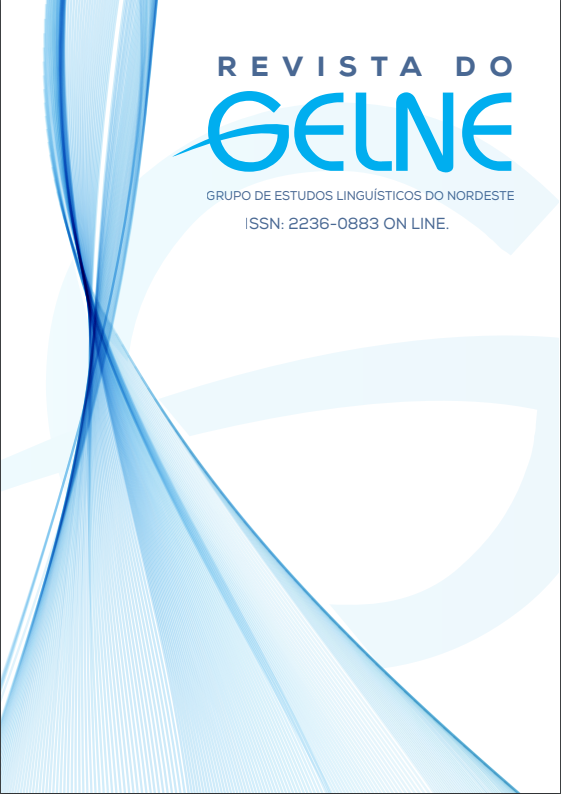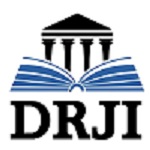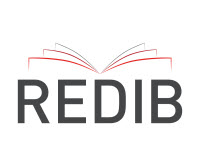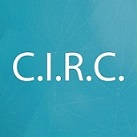O gesto de levantar a mão: um olhar sob a perspectiva do contínuo de Kendon
DOI:
https://doi.org/10.21680/1517-7874.2023v25n3ID32184Abstract
The hand-raising gesture is such a common gestural production in interactions with multiple participants to ask for a turn to speak, which was translated as a button on online interaction platforms with multiple participants, highlighting the importance of its function in this context. Therefore, the present study seeks in general to analyze the linguistic aspects that involve the gesture of raising the hand, aiming specifically to theoretically debate the gesture of raising the hand in the classroom context and classify the occurrences of this gesture under the perspective of the Kendon’s Continuum (MCNEILL, 2000). Methodologically, the study is understood as a descriptive and exploratory research with an interpretive qualitative character, organizing the steps of the investigation as follows: 1) bibliographic survey, for the development of the theoretical debate; 2) selection and transcription of data, for the development of a classification analysis with real data and; 3) data analysis, where theory and data meet. As a theoretical basis, the current study uses authors who defend the concept of gesture-speech matrix (MCNEILL, 1985; MCNEILL, 2000; MCNEILL, 2006; BARROS; AUTOR, 2015; AUTOR, 2019) and authors who investigate the interactive teacher process -student in the classroom context (MARCUSCHI, 2008; SILVA, 2008; SILVA, 2010; DIXON; EGENDOERFER; CLEMENTS, 2009; BÖHEIM et al., 2020). As a result, the investigation can theoretically show that the gesture of raising the hand can be an important resource for the maintenance of speech turns in the classroom context and, during the analysis of the gesture from the perspective of Kendon's Continuum, it became clear that the gesture of raising the hand is a gestural emblem.
Downloads
Downloads
Published
How to Cite
Issue
Section
License
Copyright (c) 2023 Revista do GELNE

This work is licensed under a Creative Commons Attribution-NonCommercial-ShareAlike 4.0 International License.

Este trabalho foi licenciado com uma Licença Creative Commons - Atribuição - NãoComercial - CompartilhaIgual 3.0 Não Adaptada.

 Português (Brasil)
Português (Brasil) English
English Español (España)
Español (España)









.jpg)




